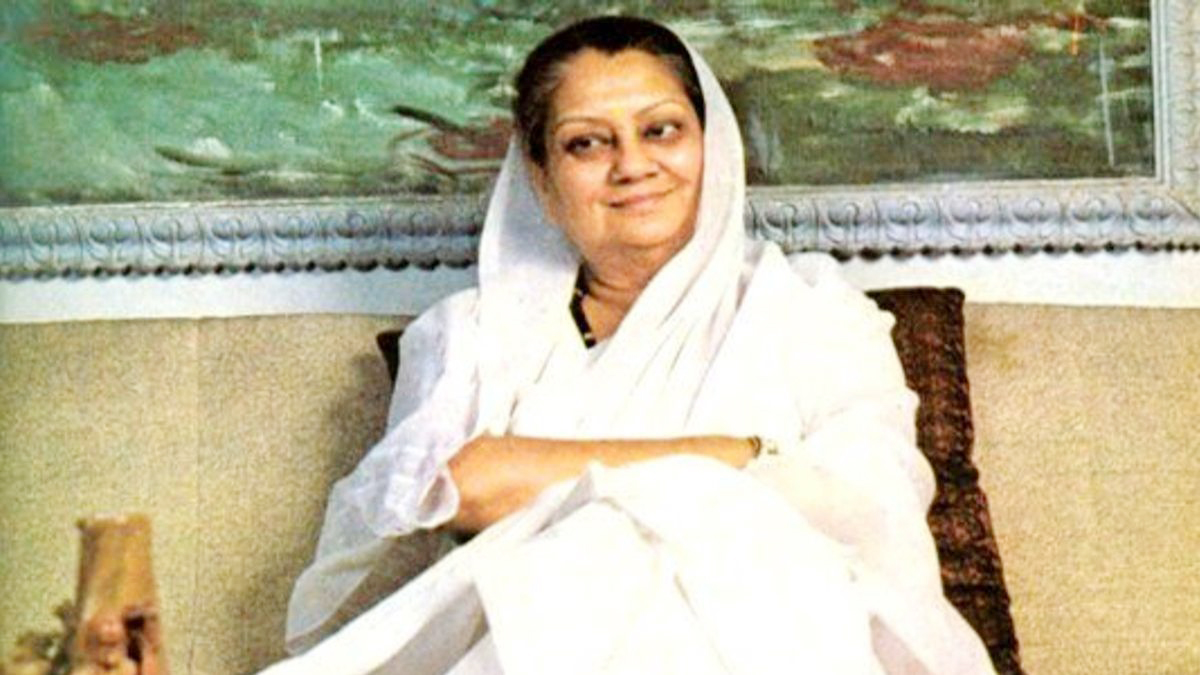Rajasthan, often celebrated for its historical palaces and cultural heritage, also holds a significant place in the annals of India’s struggle for independence.
The region, once fragmented into princely states under British suzerainty, witnessed numerous uprisings, revolutionary activities, and social reforms that contributed to the larger freedom movement.
From the valor of its warriors to the sacrifices of its common people, Rajasthan's journey toward India's independence is a story of courage, resilience, and collective action. This article delves into the role of Rajasthan in the fight for freedom, highlighting its key leaders, movements, and the socio-political impact of the independence movement on the state.
1. The Socio-Political Landscape of Rajasthan Pre-Independence
1.1. Princely States and British Control
Before independence, Rajasthan was a conglomerate of 22 princely states under the Rajputana Agency. While these states had autonomy in internal affairs, they were subservient to British policies, leading to widespread exploitation and stagnation.
1.2. Social Conditions
Rajasthan faced severe social issues like caste discrimination, child marriage, and lack of education, which were compounded by the oppressive policies of the princely rulers and the British. These conditions sowed the seeds of resistance.
2. Early Resistance Movements in Rajasthan
2.1. Peasant Uprisings
Bijolia Movement (1913-1923):
A major peasant movement led by Vijay Singh Pathik, the Bijolia movement was against excessive land revenue and feudal oppression. It laid the foundation for mass mobilization in Rajasthan.Barad Movement:
This uprising in the Marwar region was another instance of peasants protesting against oppressive taxes and feudal practices.
2.2. Tribal Revolts
Bhil and Meena Uprisings:
Tribal communities like the Bhils and Meenas, under leaders such as Motilal Tejawat, resisted British and princely exploitation through armed struggles.
3. Rajasthan’s Contribution to the Indian National Congress
3.1. National Leaders from Rajasthan
Vijay Singh Pathik:
A prominent figure in the Indian National Congress, he not only spearheaded the Bijolia movement but also connected Rajasthan's struggles with the national freedom movement.
Manikya Lal Verma:
A Gandhian leader who played a key role in organizing grassroots resistance and promoting education and social reforms in Rajasthan.
3.2. Congress Committees in Rajasthan
The establishment of Congress committees in princely states like Jaipur, Udaipur, and Jodhpur helped unify the fragmented resistance movements across the region.
4. Key Movements in Rajasthan’s Freedom Struggle
4.1. Non-Cooperation Movement (1920-1922)
The nationwide call by Mahatma Gandhi found resonance in Rajasthan, where people boycotted foreign goods and resisted British policies.
4.2. Civil Disobedience Movement (1930-1934)
The salt satyagraha and other forms of nonviolent resistance inspired mass participation in Rajasthan.
Leaders like Gokulbhai Bhatt led protests against oppressive taxation and feudal practices.
4.3. Quit India Movement (1942)
Rajasthan played a significant role in the Quit India Movement. Many princely states witnessed widespread protests, arrests, and underground activities led by youth and freedom fighters.
5. Role of Princely States in the Freedom Struggle
5.1. Feudal Loyalties and British Alliances
While some princely rulers were loyal to the British, others covertly supported the freedom struggle, allowing secret meetings and providing resources to revolutionaries.
5.2. Progressive Rulers
Maharana Fateh Singh of Udaipur supported educational reforms and indirectly aided the freedom movement.
Maharaja Umaid Singh of Jodhpur was known for his progressive policies and inclination toward modern governance.
6. Women in Rajasthan’s Freedom Movement
6.1. Pioneering Women Leaders
Kesar Devi and Subhadra Kumari Chauhan:
These women actively participated in protests and inspired others through their writings and speeches.
6.2. Grassroots Participation
Rural women from Rajasthan joined movements like the Civil Disobedience and Quit India campaigns, often braving arrests and police brutality.
7. Impact of Gandhi’s Visits to Rajasthan
Mahatma Gandhi visited Rajasthan several times, addressing large gatherings in cities like Jaipur, Ajmer, and Jodhpur. His presence galvanized people, especially peasants and tribal communities, to join the national movement.
8. Post-Independence Unification of Rajasthan
8.1. Integration of Princely States
The unification of Rajasthan after independence was a significant political and administrative challenge. Leaders like Sardar Vallabhbhai Patel played a crucial role in integrating the princely states into the Indian Union.
8.2. Social Reforms Post-Independence
The freedom movement brought awareness about social reforms, leading to strides in education, women’s empowerment, and the abolition of feudal practices.
9. Rajasthan’s Legacy in the Freedom Struggle
9.1. Inspiration for Future Generations
The sacrifices and struggles of Rajasthani leaders and common people serve as a source of inspiration for modern-day activism and governance.
9.2. Preservation of Historical Sites
Many locations associated with the freedom struggle, such as the Bijolia region and memorials of tribal uprisings, are preserved to honor their legacy.
Conclusion
Rajasthan’s contribution to India’s independence movement is a testament to the collective strength of its people, who overcame immense challenges to fight for their rights and freedom. The state’s peasants, tribals, leaders, and women all played pivotal roles in resisting British rule and feudal oppression.
Organizations like Prakriti Kalyan Foundation continue to honor this legacy by promoting awareness, education, and sustainable practices that align with the values of justice and equality fought for during the freedom movement. Rajasthan’s history reminds us of the power of unity, resilience, and the enduring spirit of freedom.

.png)




.png)
.png)


.png)
.png)
.png)
.png)

0 Comments